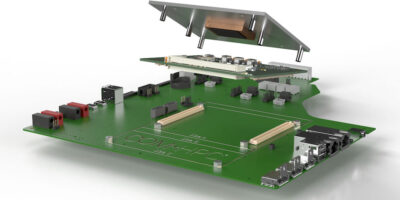The latest version of LightTools illumination design software 9.1, includes new tools to model and analyse light detection and ranging (lidar), AR/VR and biomedical systems to enhance workflows, says Synopsys.
Version 9.1 introduces a distributed simulation module which increases the speed of computation-intensive ray tracing and improved opto-mechanical interoperability with Dassault Systèmes’ Solidworks 3D CAD software.
“The feature and workflow enhancements in LightTools are tailored to help engineers focus on solving complex design challenges and delivering innovative optical systems to market sooner,” said Stuart David, vice president of engineering in Synopsys’ optical solutions group. “Solidworks users working on optical designs can expect to speed up source characterisations,” he continued. “Engineers developing lidar systems can more easily perform time of flight analysis and development of advanced applications for AR/VR, displays, and medical devices is improved with LightTools’ comprehensive polarisation analysis,” he added.
Updates to LightTools v9.1 include efficiency enhancements to the LightTools Solidworks Link module to give illumination engineers more control and ease of use for optomechanical modelling. According to Synopsys, users will experience faster model setup and be able to control source placement and assign optical properties within Solidworks.
For lidar systems, AR/VR headsets, display technologies and biomedical instruments, users can design laser sources with Gaussian and Super Gaussian light distributions using spatial and angular apodisation, as well as model and analyse polarising elements with bi-axial bi-refringent materials.
The LightTools distributed simulation module can accelerate the simulation speed of large, computation-intensive ray trace processes over a network of computers. The module, is for boosting ray trace speeds for stray light and luminance analyses, and now supports forwards and backwards simulations.
LightTools v9.1 is available now. Customers with a current maintenance agreement can download this version from the Synopsys website using their SolvNetPlus account, or obtain the software from their local distributor.
The Synopsys Optical Solutions Group provides design tools that model all aspects of light propagation for high-accuracy optical product simulations and visualisations. The support team of optical engineers can help organisations deliver optics to market faster, says Synopsys.







